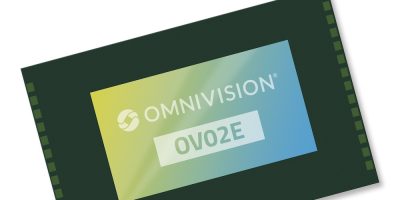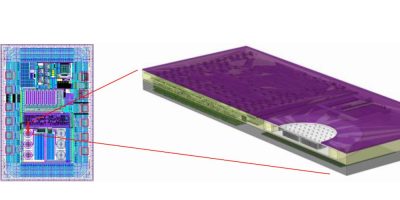The OV02E 1080p high definition (HD) image sensor has staggered high dynamic range (HDR) and can operate with AI chips to bring always-on ID recognition to notebooks and tablets with thin bezels. The 1/7.3 inch format sensor can be combined with the AI devices to sense human presence in always on, low power mode, to extend the battery life in thse portable devices.
“Our new OV02E is a single-die solution that meets the computing industry’s need for high video quality and low bill of materials (BOM) cost,” said Akeem Chen, product marketing manager, Omnivision. HDR address backlighting issues, for example in video calls where the poor quality backlighting can reduce image quality. “Now, with staggered HDR support, troublesome backlighting during a videoconference call is no longer an issue,” he added.
The sensors new features, such as the low power mode with AI functionality have been added in response to some of the trending features demanded by consumers in 2023 and 2024 laptop models, said Chen.
The OV02E is compact, and suitable for devices with a screen-to-body ratio of less than 3mm Y size, such as tablets and wearable devices. It has a 1.12 micron backside illuminated (BSI) pixel based on Omnivision’s proprietary PureCel Plus architecture for advanced pixel sensitivity and quantum efficiency. The sensor features 2Mpixel, full HD 1080p video at 60 frames per second and supports multiple camera synchronisation for machine vision and IoT applications which require depth detection. The OV02E sensor’s always-on capability has a low power state that works with the mobile industry processor interface (MIPI) and serial peripheral interface (SPI).
Samples of the OV02E are available now, and it will be in mass production in Q4 2023.
Omnivision is a fabless semiconductor company which develops advanced digital imaging, analogue and touch and display solutions for multiple applications and industries, including mobile phones, security and surveillance, automotive, computing, medical and emerging applications.







